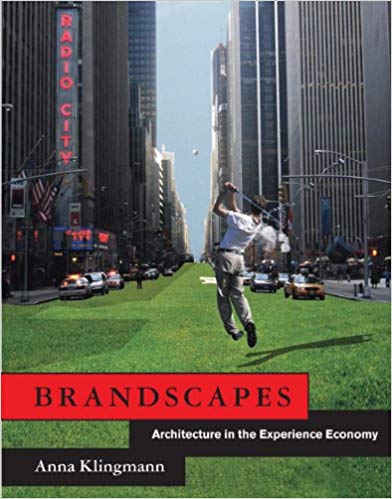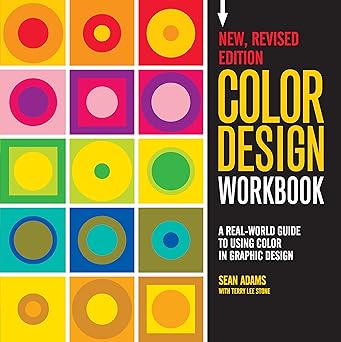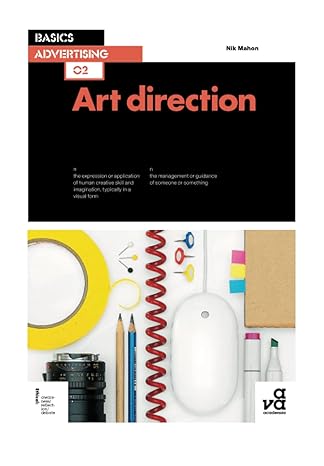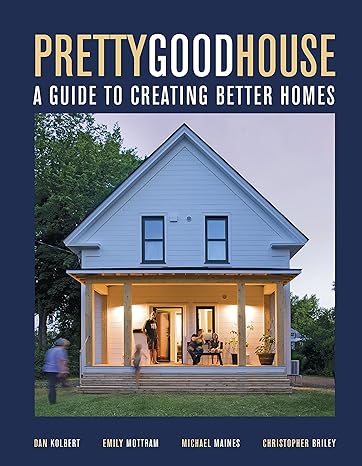Architecture as imprint, as brand, as the new media of transformation―of places, communities, corporations, and people.
In the twenty-first century, we must learn to look at cities not as skylines but as brandscapes and at buildings not as objects but as advertisements and destinations. In the experience economy, experience itself has become the product: we're no longer consuming objects but sensations, even lifestyles. In the new environment of brandscapes, buildings are not about where we work and live but who we imagine ourselves to be. In Brandscapes, Anna Klingmann looks critically at the controversial practice of branding by examining its benefits, and considering the damage it may do.
Klingmann argues that architecture can use the concepts and methods of branding―not as a quick-and-easy selling tool for architects but as a strategic tool for economic and cultural transformation. Branding in architecture means the expression of identity, whether of an enterprise or a city; New York, Bilbao, and Shanghai have used architecture to enhance their images, generate economic growth, and elevate their positions in the global village. Klingmann looks at different kinds of brandscaping today, from Disneyland, Las Vegas, and Times Square―prototypes and case studies in branding―to Prada's superstar-architect-designed shopping epicenters and the banalities of Niketown.
But beyond outlining the status quo, Klingmann also alerts us to the dangers of brandscapes. By favoring the creation of signature buildings over more comprehensive urban interventions and by severing their identity from the complexity of the social fabric, Klingmann argues, today's brandscapes have, in many cases, resulted in a culture of the copy. As experiences become more and more commodified, and the global landscape progressively more homogenized, it falls to architects to infuse an ever more aseptic landscape with meaningful transformations.
How can architects use branding as a means to differentiate places from the inside out―and not, as current development practices seem to dictate, from the outside in? When architecture brings together ecology, economics, and social well-being to help people and places regain self-sufficiency, writes Klingmann, it can be a catalyst for cultural and economic transformation.
چکیده فارسی
معماری بهعنوان اثر، بهعنوان برند، بهعنوان رسانهای جدید برای دگرگونی مکانها، جوامع، شرکتها و مردم.
در قرن بیست و یکم، ما باید یاد بگیریم که به شهرها نه بهعنوان خطوط افق، بلکه بهعنوان مناظر تجاری و به ساختمانها نه بهعنوان اشیا، بلکه بهعنوان تبلیغات و مقصد نگاه کنیم. در اقتصاد تجربه، خود تجربه به محصول تبدیل شده است: ما دیگر اشیا را مصرف نمیکنیم، بلکه احساسات، حتی سبک زندگی را مصرف میکنیم. در محیط جدید مناظر تجاری، ساختمانها به این موضوع نمیپردازند که کجا کار میکنیم و زندگی میکنیم، بلکه به این موضوع میپردازیم که چه کسی خودمان هستیم. در Brandscapes، آنا کلینگمن با بررسی مزایای آن و در نظر گرفتن آسیب هایی که ممکن است وارد کند، به شیوه بحث برانگیز برندسازی نگاه انتقادی می کند.
کلینگمن استدلال میکند که معماری میتواند از مفاهیم و روشهای برندسازی استفاده کند - نه به عنوان یک ابزار فروش سریع و آسان برای معماران، بلکه به عنوان یک ابزار استراتژیک برای تحول اقتصادی و فرهنگی. برندسازی در معماری به معنای بیان هویت است، چه یک شرکت یا یک شهر. نیویورک، بیلبائو و شانگهای از معماری برای بهبود تصاویر خود، ایجاد رشد اقتصادی و ارتقای موقعیت خود در دهکده جهانی استفاده کرده اند. کلینگمن امروزه به انواع مختلفی از منظره سازی، از دیزنی لند، لاس وگاس، و میدان تایمز - نمونه های اولیه و مطالعات موردی در برندسازی - گرفته تا مراکز خرید پرادا که توسط معماران فوق ستاره طراحی شده و پیش پا افتاده های نایک تاون می پردازد.
اما فراتر از تشریح وضعیت موجود، کلینگمن به ما در مورد خطرات مناظر تجاری نیز هشدار می دهد. کلینگمن استدلال میکند که با حمایت از ایجاد ساختمانهای امضاکننده بر مداخلات جامعتر شهری و با جدا کردن هویت آنها از پیچیدگی بافت اجتماعی، منظرههای برند امروزی در بسیاری از موارد منجر به فرهنگ کپی شده است. همانطور که تجارب بیشتر و بیشتر کالایی می شوند، و چشم انداز جهانی به تدریج یکسان تر می شود، این بر عهده معماران است که منظره ای آرام تر را با دگرگونی های معنادار القا کنند.
چگونه معماران میتوانند از برندسازی بهعنوان وسیلهای برای متمایز کردن مکانها از درون به بیرون استفاده کنند - و نه، همانطور که به نظر میرسد شیوههای توسعه کنونی دیکته میکنند، از بیرون به درون؟ کلینگمن می نویسد، زمانی که معماری بوم شناسی، اقتصاد و رفاه اجتماعی را برای کمک به مردم و مکان ها برای بازیابی خودکفایی گرد هم می آورد، می تواند کاتالیزوری برای دگرگونی فرهنگی و اقتصادی باشد.
ادامه ...
بستن ...










